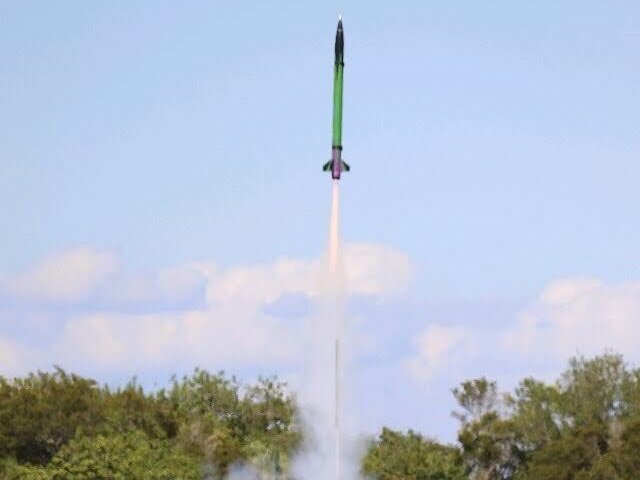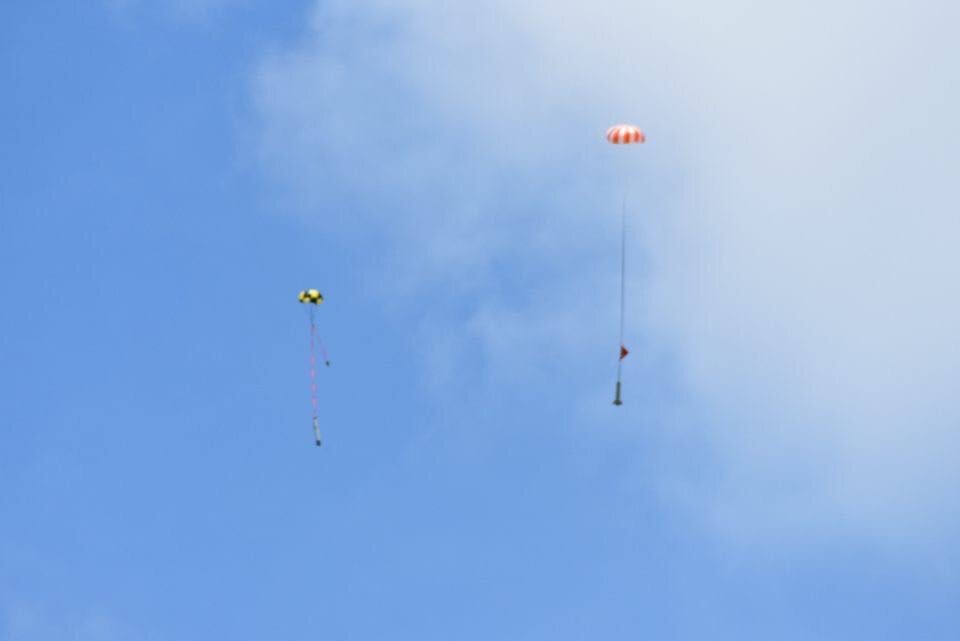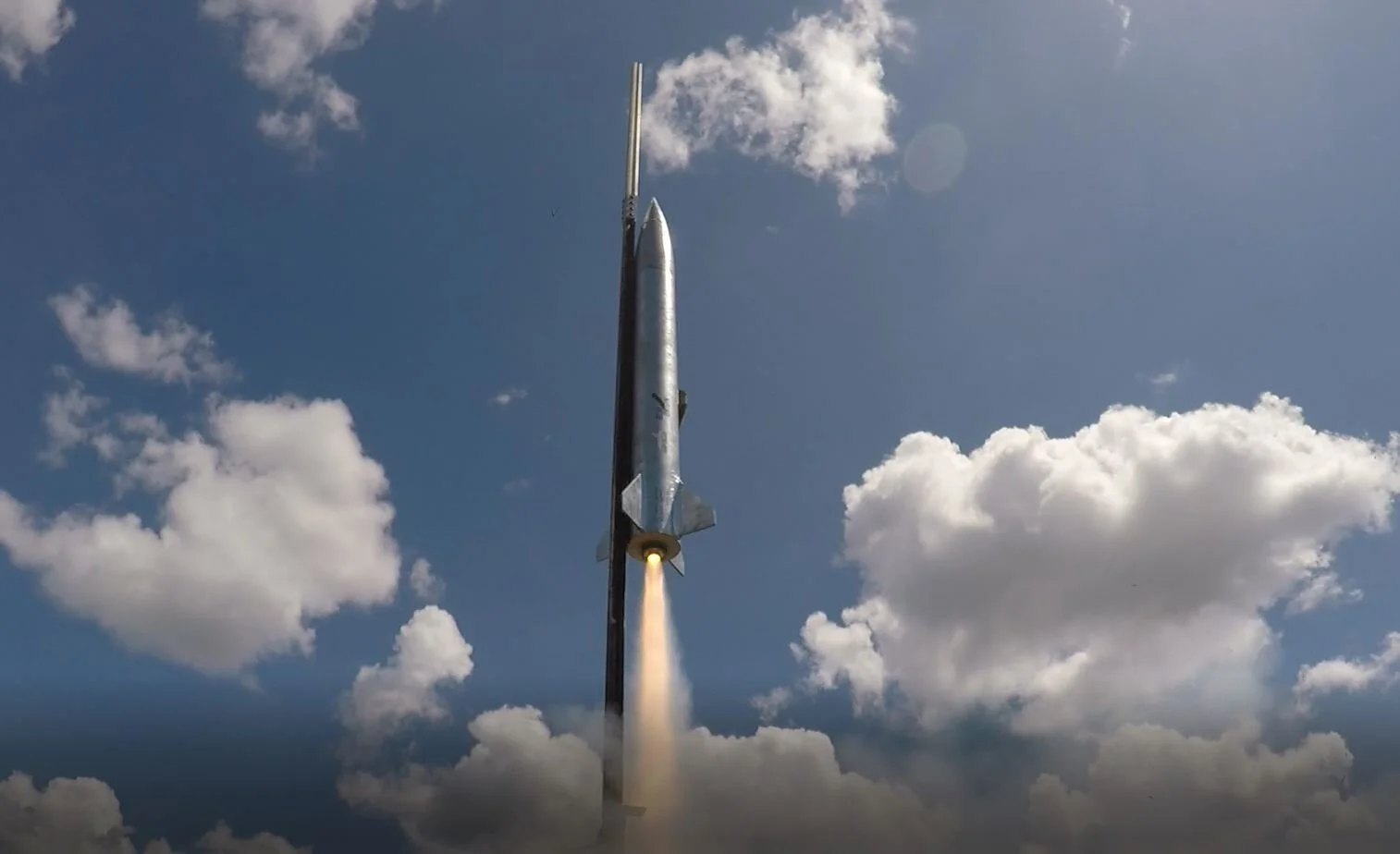Project Hummingbird

No parachute? no problem.
Project Goal
Sponsored by Blue Origin, Project Hummingbird aimed to successfully launch and recover an experimental high powered rocket utilizing autorotation and active blade pitch control to control and slow the launch vehicle to a safe and soft touchdown. Started in 2016, the team constructed and flew several launch vehicles for testing and research in order to better prepare for a fully bladed flight. The project concluded in 2022.
Our vEHICLES
Hummingbird 1
Hummingbird 1 was the projects first flight vehicle to be designed, constructed, and launched for bladed flight. Its maiden launch was a bladeless test flight in the fall of 2018 to ensure that the vehicle worked first as a rocket, but due to a drogue parachute being torn free the vehicle was lost. The flight aimed to test the avionics systems, data acquisition, and the experimental nose cone. After recovery a deep analysis of the flight was conducted to determine the cause of the failure and is what lead to the construction of the first small test vehicle HummingDoot.
HummingDoot
After experiencing issues with our projects first vehicle; hummingbird 1, the team constructed a smaller test vehicle to flight test separate sub systems to be used on our full scale vehicle. This iteration of Hummingbird deemed “Hummingdoot” was constructed out of an old Pathfinder Rocket to minimize cost and has flown a total of 4 times helping prove concepts, flight test hardware designs, and refine our data collection methods.
PHOENIX
The second, full-scale rocket constructed for a bladed flight. Technically Hummingbird 2, Phoenix is using the booster of Pathfinder 8 and had its first test flight without blades at the January 2022 SRA. This test flight aimed to not only test the vehicle itself, but also its data acquisition system and stability with a simulated payload. The flight did encounter a structural error which resulted in the nose cone tip being torn off of the vehicle during the ascent phase of the flight and taking the drogue parachute with it. This error allowed the vehicle to reach apogee and begin descent with no parachute resistance leading to a fast descent and abrupt stop. The vehicle was never able to be recovered as its 3 tracking devices (RF puck, and 2 GPS modules) all broke during flight. After video analysis of the flight it was determined that the cause of the failure was the oversized motor bringing the vehicle over Mach 1 which caused the nose cone to experience forces that were never tested on it before. Shortly following this flight the team determined it was a good time to retire the project and allow new experimental projects to be added to the club. With the retirement of the project a final report was created and can be read below.

















